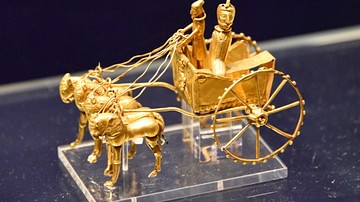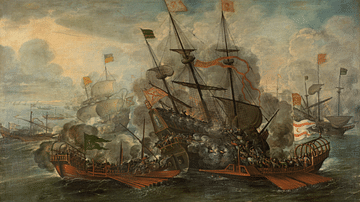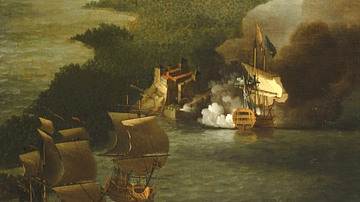
The Oxus is a river, today called Amu Darya in its western part and Wakhsh in its eastern parts, which flows for a length of 2400 km across modern Tajikistan, Afghanistan, Turkmenistan and Uzbekistan into Lake Aral. In Ancient times it crossed the regions Fergana, Bactria, Oxeiana, Sogdiana and Khiva.
The Oxus and the Iaxartes are called twin rivers, because of their same destination, almost similar trajectories and because they both are thankless rivers, naturally irrigating only very few areas through which they flow. However, like the Iaxartes, the Oxus allowed large-scale irrigation systems which was the main reason of its area's rich history.
The Oxus was the nucleus of the successive Bactrian civilizations and kingdoms. The river was the borderline between the Persian satrapy of Sogdiana northward and Bactria southward, whereas the western part belongs to nomads. Several cities were founded here, mostly known under their Greek names, like Alexandreia Oxeiana (actual Termez).
Alexander the Great came across the river three times between 329 and 327 BC. Later, the Eastern part of the Oxus was the nucleus of the Greco-Bactrian kingdom, whereas the western part, especially the Khiva Oasis, was the land of the Parni, who later became the Parthians invading the Seleucid empire.







